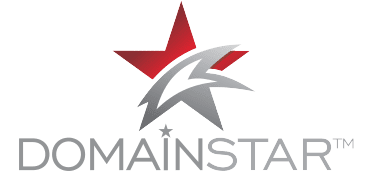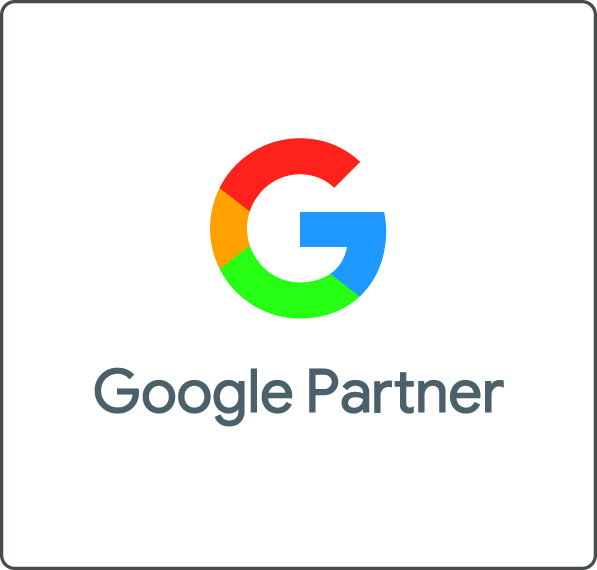Introduction
Creating a well-organized and optimized Google Ads account structure is crucial for the success of your online advertising campaigns. A carefully structured account can help improve campaign performance, increase ad relevance, and make it easier to manage and optimize your Google Ads campaigns. In this guide, we will outline the key elements and best practices for creating the perfect Google Ads account structure.
1. Campaign Structure
The first step in building a well-structured Google Ads account is properly organizing your campaigns. Consider grouping your campaigns based on the business objective, target audience, or product/service offering. This allows for better control and optimization of each campaign individually. Remember to set clear goals and key performance indicators (KPIs) for each campaign (Google Search Ads, Google Display Ads, Google Video Ads etc.)
2. Ad Group Organization
Within each campaign, organize your ads into ad groups. Ad groups should be themed around specific keywords or closely related themes. This helps ensure that your ads are highly relevant to the search queries and improves overall campaign performance. Avoid having too many keywords or themes in a single ad group, as it can dilute the ad relevance.
3. Keyword Research and Selection
Thorough keyword research is essential for building a successful Google Ads account structure. It’s recommended to use paid keyword research tools so that you can identify the keywords that are mostly searched by your audience. If you are hesitant of purchasing a paid keyword research tool you can always use the Keyword Planner tool, which is free but will not give you the full picture. Group these keywords into ad groups based on similarity and relevance. Use match types (broad match, phrase match, exact match) to control how your ads match user queries.
4. Ad Creation and Optimization
Create compelling and engaging ads that align with each ad group’s keywords and theme. Tailor your ad copy to match the intent of the search query and include relevant call-to-action (CTA) phrases. Regularly test different ad variations to identify the most effective ones. Continuously optimize and refine your ads based on performance metrics such as click-through rate (CTR) and conversion rate.
5. Utilize Ad Extensions
Google Ads extensions allow you to provide additional information and boost the visibility and effectiveness of your ads. Take advantage of various ad extensions like site links, callouts, call extensions, and structured snippets to enhance your ads’ relevance and provide valuable information to potential customers. Experiment with different ad extensions to determine which ones work best for your campaigns.
6. Tracking and Measurement
Proper tracking and measurement are crucial to understanding the performance of your Google Ads campaigns. Implement conversion tracking to measure the success of your ads in terms of leads, sales, or other desired actions. Set up Google Analytics integration to gain deeper insights into user behavior on your website. Use these metrics to optimize your campaigns and improve return on investment (ROI).
7. Ongoing Optimization and Maintenance
Review and optimize your Google Ads account structure every week. Monitor campaign performance, identify underperforming ads or keywords, and make necessary adjustments. Refine your targeting, adjust bidding strategies, and experiment with different settings to improve campaign performance over time. Stay updated with industry trends, algorithm changes, and new features introduced by Google Ads.
Conclusion
Creating the perfect Google Ads account structure is a critical step towards running successful online advertising campaigns. By adopting a well-organized and optimized account structure, you can enhance ad relevance, improve campaign performance, and increase your chances of achieving your advertising goals. It’s crucial to monitor and optimize the campaigns based on the data you receive to ensure ongoing success. With careful planning and implementation, your Google Ads account can be a powerful tool for reaching your target audience and driving business growth.





